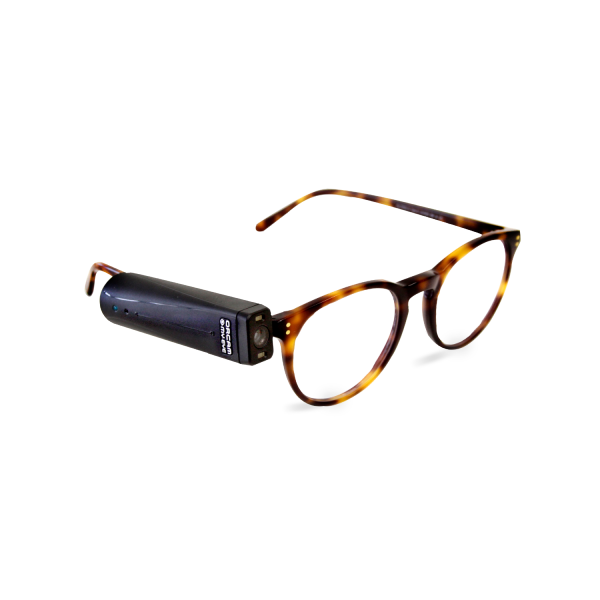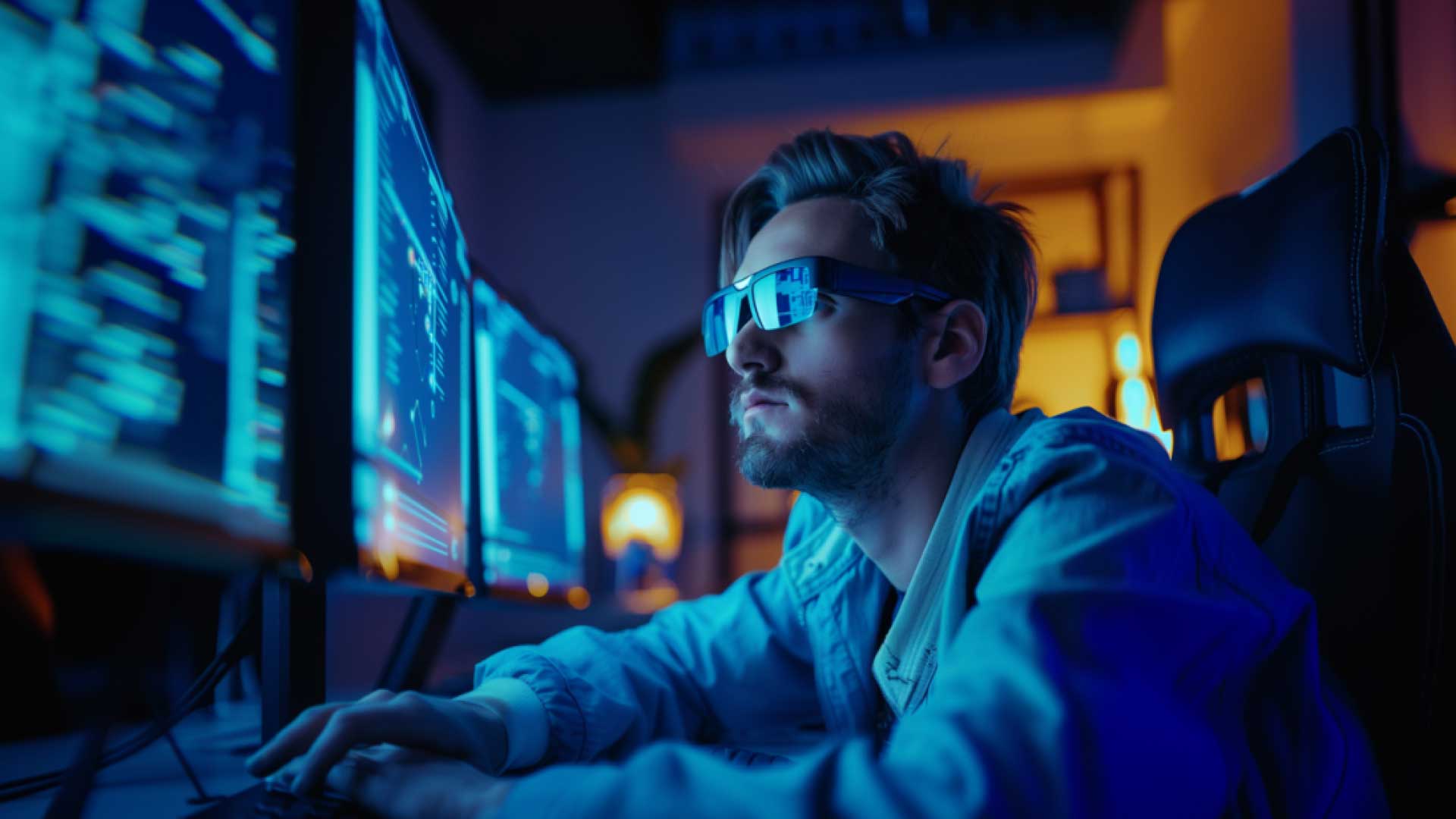OCR Devices for the Blind: Breaking Barriers with Optical Character Recognition
OCR Devices for the Blind: Breaking Barriers with Optical Character Recognition
Blog Article
Enhancing Availability Through Assistive Technology for the Blind
The integration of assistive modern technology for the blind stands for an essential development in access, basically modifying exactly how individuals browse their environments and engage with culture. As we check out the diverse types of assistive gadgets and their concrete effects on daily living, it ends up being necessary to examine just how ongoing technological advancements are improving the landscape of assistance for the blind community.
Introduction of Assistive Innovation
Assistive modern technology describes a variety of tools and software application designed to boost the abilities of individuals with disabilities, consisting of those that are blind or visually impaired. This modern technology plays a crucial role in advertising independence and improving the top quality of life for customers. By offering different methods for accessing info and carrying out day-to-day jobs, assistive modern technology encourages people to navigate their settings a lot more properly.
The advancement and application of assistive innovation embrace a selection of principles targeted at promoting availability. These principles include user-centered layout, which focuses on the requirements and preferences of the individual, and the integration of modern technology right into everyday activities. Such developments make certain that assistive gadgets are not just practical yet additionally intuitive and very easy to make use of.
Furthermore, assistive innovation encompasses a diverse spectrum of remedies, from low-tech choices like magnifiers to sophisticated technologies such as display visitors and Braille screens. The recurring evolution of this field is driven by the requirement to resolve the unique obstacles dealt with by individuals with visual disabilities (Wearable technology for low vision). As technology continues to breakthrough, the possibility for boosting ease of access and advertising inclusivity stays promising, inevitably adding to an extra equitable culture

Kinds of Assistive Devices
Countless types of assistive gadgets are available to support people who are visually impaired or blind, each designed to deal with certain demands and difficulties. These devices can be broadly classified into three main types: low-tech, mid-tech, and high-tech services.
Low-tech gadgets include items such as magnifiers, Braille tags, and responsive maps. These are fairly simple tools that enhance the user's capacity to engage with their setting without requiring intricate modern technology.
Mid-tech gadgets typically include advanced functions, such as electronic magnifiers and portable Braille note-takers. These tools can supply functionalities like speech output, enabling customers to accessibility info much more effectively.

Influence on Daily Living
The schedule of various assistive tools considerably enhances the lifestyle for people who are visually impaired or blind, impacting their everyday living in profound methods. By integrating modern technologies such as display viewers, Braille displays, and audio description dig this solutions into their routines, individuals acquire higher autonomy and self-reliance. These devices assist in access to information, enabling individuals to carry out everyday tasks, such as reading emails, browsing public areas, and appreciating media content.
Furthermore, assistive devices equip people to involve even more fully in social communications and neighborhood tasks. The ability to make use of mobile phones equipped with access functions permits smooth interaction and link with others. This connectivity promotes a sense of belonging and reduces sensations of seclusion.
In expert settings, assistive technology supports productivity by allowing people to total job tasks effectively. Devices like voice recognition software and specialized zoom gadgets make it possible for what can opticians diagnose customers to join the workforce on equal ground with their sighted peers.

Developments in Technology
Recent technological advancements have actually significantly transformed the landscape of devices available for people who are aesthetically impaired or blind. The combination of man-made intelligence (AI) and equipment knowing has offered rise to applications that enhance navigation and object acknowledgment. For example, smart device applications can now use AI to identify and explain surroundings in real-time, providing customers with useful contextual details.
Additionally, advancements in haptic innovation have actually resulted in the growth of wise walking canes furnished with sensors that find challenges and supply responsive feedback. This equips individuals to browse their atmosphere with raised self-confidence and independence. Moreover, innovations in text-to-speech software program and braille displays have actually enhanced the ease of access of digital web content, enabling smooth interaction with numerous media.
Wearable innovations, such as wise glasses, are likewise making strides in assisting visual problems. These devices original site can provide enhanced reality experiences, overlaying important information onto the customer's field of sight. Jointly, these developments not only boost the lifestyle for people that are blind however likewise promote greater inclusion in culture. As technology remains to develop, the potential for even more transformative tools stays coming up.
Future Trends and Innovations
As modern technology rapidly proceeds, the future of assistive tools for people that are blind holds immense assurance. Innovations in expert system (AI) and machine learning are poised to transform the method blind customers connect with their settings. AI-driven applications are being developed to enhance item acknowledgment, permitting users to identify and browse their environments with better convenience and accuracy.
In addition, developments in haptic comments innovation are enabling the development of tactile maps and navigating aids that offer real-time info through touch. These technologies not just improve wheelchair yet also foster independence. In addition, wearable gadgets furnished with enhanced truth (AR) functions are arising, supplying users visual info via audio descriptions, thus connecting the void between the physical and electronic globes.
Furthermore, the combination of wise home modern technology provides new chances for availability, enabling individuals to regulate their living environments via voice commands or mobile phone applications. As partnership between tech developers and the blind area continues, the concentrate on user-centered style will make certain that future innovations are customized to fulfill the distinct demands of this population (Wearable technology for low vision). The trajectory of assistive innovation promises a much more inclusive and empowering future for people who are blind
Conclusion
To conclude, assistive technology plays an important function in enhancing ease of access for people with aesthetic problems. The varied array of devices, including display visitors and clever canes, substantially enhances everyday living and fosters freedom. Continual developments in modern technology and user-centered style guarantee that these devices cater successfully to the unique requirements of the blind area. As innovations development, raised inclusivity and empowerment can be expected, inevitably improving the lifestyle for those influenced by aesthetic impairments.
The integration of assistive innovation for the blind stands for a critical development in access, fundamentally altering how individuals navigate their settings and involve with society.Assistive modern technology refers to a variety of devices and software designed to boost the capacities of people with handicaps, including those that are blind or aesthetically impaired. Wearable technology for low vision.As technology rapidly progresses, the future of assistive devices for people that are blind holds immense pledge. The trajectory of assistive technology guarantees a more empowering and comprehensive future for people that are blind
In conclusion, assistive innovation plays a critical role in enhancing access for people with visual problems.
Report this page